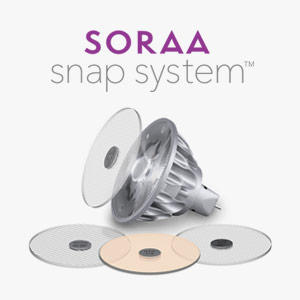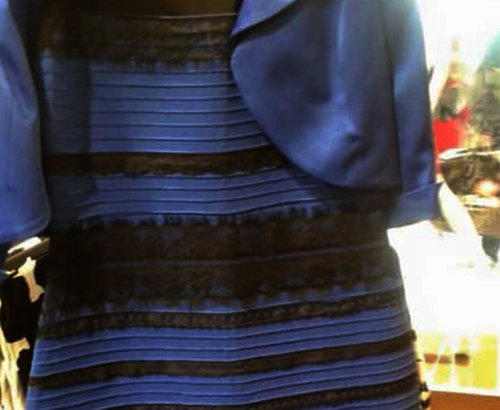Top Ten Challenges For Solid-State Lighting: #10 – “Confusion”
March 2015 - by Aurelian David, SORAA's Chief Scientist
I like this
As members of the industry, we are sometimes surprised by the lukewarm reactions of non-experts around us regarding LED technology. One of the main reasons for this skepticism is confusion when faced with the complexity of understanding LED lighting. Gone are the days when lighting users were offered a simple tradeoff between filament lamps – offering great quality of light at the cost of efficiency – and fluorescent lighting – more efficient but less pleasing. Instead, the technical freedom offered by LEDs also means that many more metrics are needed to describe their many properties: color rendition (which encompasses CCT, chromaticity, color rendering and more), beam properties, efficacy, lumen and color maintenance, ability to dim…
Of course, these new metrics are well-intentioned and aim at better guiding customers; but there remain two big problems: 1) the average customer really doesn’t care for such sophistication, and 2) the metrics are not the right ones in the first place! The topic of ‘bad metrics’ is a can of worms, but let’s look at a few examples:
The “color accuracy” found on the Department of Energy’s “Lighting Facts Label” is in fact the (in)famous Color Rendering Index – whose shortcomings are so well-known that some have proposed to drop it altogether! This is of course going too far, yet it is true that we need metrics which better describe our perception of colors: for instance, addressing the rendering of warm colors like deep-red – crucial to our visual experience, yet discarded by the CRI. Equally worrisome, the CRI completely ignores the rendering of white objects; yet these abound in everyday life, and the sad truth is your nicest white clothes, so bright under daylight or traditional lamps, will appear dingy under the best “conventional” LEDs.
Just as problematic is our fixation on lumen as the only metric to judge light levels. As we recently discussed in a blog titled Blinded by Lumens, not all lumens are created equal: in directional lighting, careful control of photons in the beam’s spill is crucial to avoid glare. Unfortunately, manufacturers tend to stick to old habits and prefer talking about lumens than candelas – sometimes as a convenient way to hide a lousy optical design.

The list of broken metrics could keep going, and things will only become more complex with the proliferation of controls and color-tunable products. Fortunately, institutions like the IESNA and the CIE are working on addressing some of these issues. But in the meantime, this state of confusion carries a risk: users, disappointed with the current state of LED lighting, may delay adoption or reject the technology altogether and default back to traditional sources. How else do we understand the current fad for halogen lamps, barely more efficient than incandescent but emitting a pleasant, nostalgic glow?
It is a duty of the LED industry to make sure that this confusion doesn’t cause a serious backlash to adoption. This will require transparency in discussing the true merits of products, support to the development of better metrics, and eventually an effort to distill these into an accessible form. In the meantime, the best we can do is providing best-in-class lighting products that will not disappoint: such is the motivation behind full-spectrum LED products delivering truly natural colors and whites.






